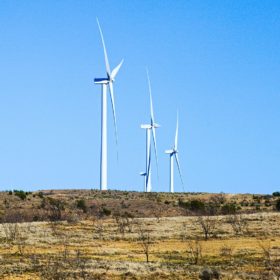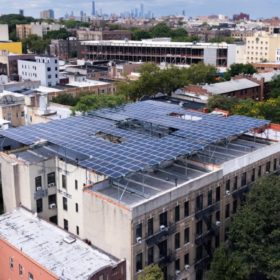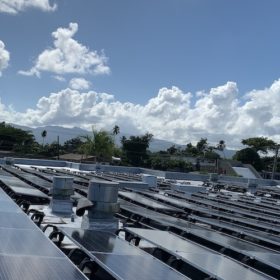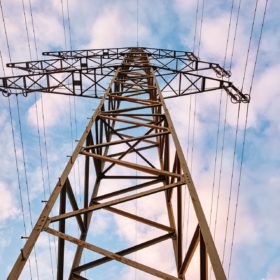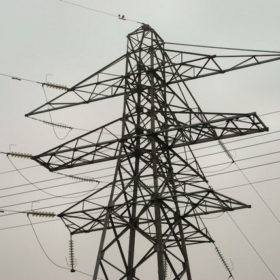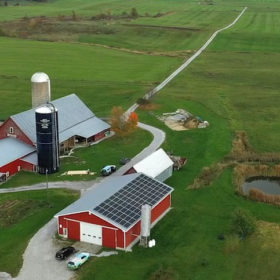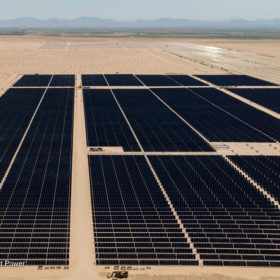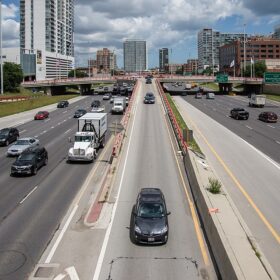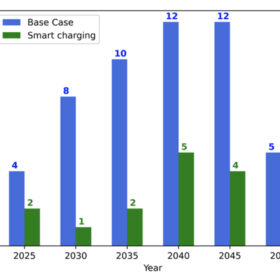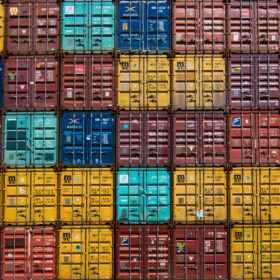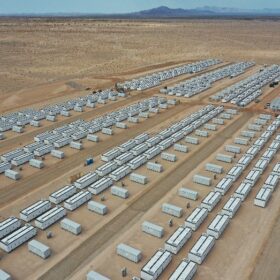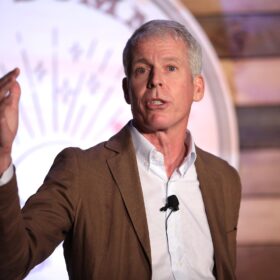Green hydrogen production can be profitable in much of the U.S.
Green hydrogen projects can be profitable in “wide swaths” of the U.S., supported by new federal tax credits for clean hydrogen, according to a financial modeling analysis by the policy consultancy Energy Innovation.
National Urban League traces the past and present of environmental justice concerns
Environmental justice now means equal protection from environmental harm, equal employment in the renewable energy industry, and alleviating energy poverty, says an essay in the National Urban League’s report “2023 State of Black America.”
FEMA’s $13 billion for Puerto Rico’s grid could shift to solar if lawsuit succeeds
Rooftop solar plus storage would become the focus of FEMA’s spending to rebuild Puerto Rico’s grid, if a federal court grants the plaintiffs’ requests in a lawsuit, said their lead attorney. Equipping every home in Puerto Rico with 2.7 kW of PV and 12.6 kWh of battery backup is one option recommended by an independent study.
Interconnection delays threaten more companies each year, says GridStor VP
A GridStor VP challenged recent interconnection proposals by three grid operators, and the slow pace of federal regulators, while suggesting a $1 billion gift to grid operators to hire staff, and a digital twin of the nation’s grid to speed interconnection studies.
Federal grants of $4.6 billion available to states aiming to model a clean energy grid
The Clean Energy States Alliance has published a report giving an overview on modeling a transition to a clean energy grid, while NREL has discussed its free modeling resources in a webinar.
USDA’s $9.7 billion for rural co-ops could leverage 20 GW of clean energy
The nonprofit RMI says that $9.7 billion for rural electric cooperatives under the Inflation Reduction Act could leverage 20 GW of solar, wind and storage capacity. The U.S. Department of Agriculture hopes to begin obligating funds by September.
CAISO interconnection improvements proposed by SEIA, CESA, and CalCCA
The trade groups proposed interconnection process improvements including more transparency on available and planned transmission, incorporating best practices of other grid operators, and raising the grid management fee to pay for additional staff.
1700 GW of solar, wind and storage await interconnection, up 28% in a year
Just 86 GW of fossil capacity awaits interconnection.
Bill Gates funds advocacy for siting new transmission along highways
The advocacy group NextGen Highways has found that Minnesota voters favor using highways for transmission. With funding from Breakthrough Energy, an initiative of philanthropist Bill Gates, the group plans to launch state and national advocacy coalitions.
Scheduled home charging of EVs could expand EV hosting capacity
Scheduled home charging of EVs reduces the cost for hosting more electric vehicles on a utility’s distribution circuit, according to a national laboratory analysis.
